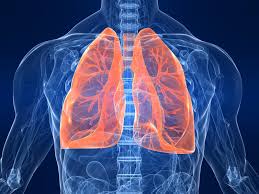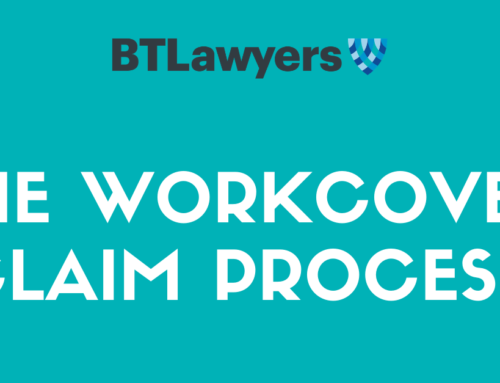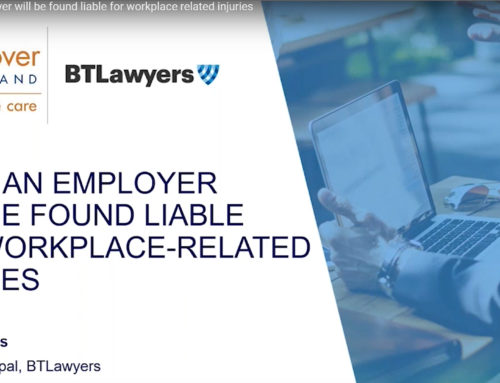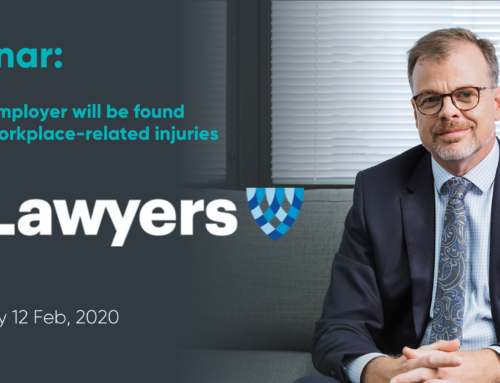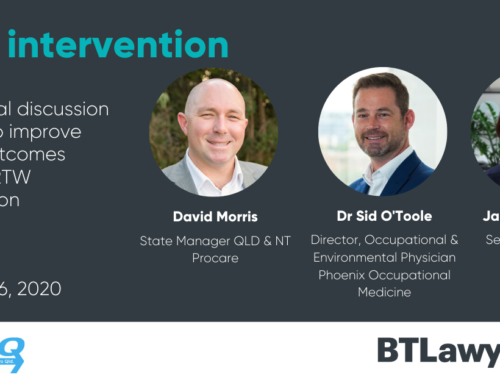This morning, some of the BTLawyers team and our clients attended Medilaw’s seminar on the re-emergence of Coal Worker’s Pneumoconiosis (CWP) presented by Dr Peter Trembath. Dr Trembath provided a detailed overview of recent Queensland developments in this area and potential reasons for the re-emergence of this troublesome disease in Australia. He was also able to explain matters relating to diagnosis with reference to radiology along with matters regarding the reliability of respiratory function tests which are typically used to assist in diagnosing the disease.
According to our Associate Ryan Kennedy, the most relevant take home point was that diagnosing CWP, particularly during the early stages or ‘simple CWP’, often requires doctors to make subjective assessments, including in respect of radiology. A worker might be symptom free for years after simple CWP first takes hold, which makes it challenging to diagnose the condition. Moreover, there is, as with many dust diseases, the ever-present possibility of differential diagnoses, particularly for workers who are long-term smokers.
In this regard CWP is comparable to diagnosing other, more frequently occurring dust-diseases, such as silicosis.
This presents challenges when assessing claims. For example, during the statutory claims process under the Workers’ Compensation and Rehabilitation Act 2003 (WCRA), diagnosis influences both liability determinations – i.e. whether to accept a claim – and the assessment of the degree of permanent impairment. For common law claims diagnosis and prognosis affects liability matters and the overall assessment of quantum.
This is an interesting area of the law that presents numerous challenges from both a medical and legal perspective. We will be sure to keep an eye on developments in this area.
Thank you to Dr Trembath for presenting at this seminar, which was thoroughly enjoyed, and to the guests who joined us and offered their unique perspectives, we hope you found it equally informative.

